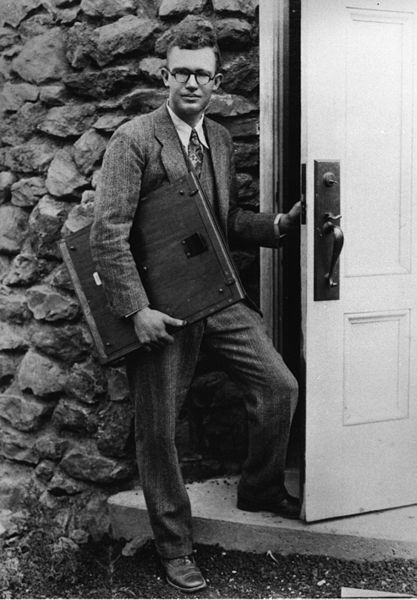[/caption]
Five of the planets are visible with the unaided eye and have been known about for thousands of years. Uranus was discovered in 1781, and Neptune was found in 1846. but when was Pluto discovered?
Pluto was discovered February 18th, 1930 by Clyde Tombaugh at the Lowell Observatory in Flagstaff, Arizona. Now that Uranus and Neptune had been discovered, astronomers were certain that there were more planets in the outer Solar System. The director of the Lowell Observatory, Vesto Melvin Slipher, handed the job of finding this next planet, dubbed “Planet X” to the 23-year old Tombaugh.
Tombaugh used a tool called a “blink comparator” to compare two photographs of the night sky. He worked methodically, comparing two photographic plates, looking for any object that jumped from one night to another night. And finally on February 18th, 1930, Tombaugh discovered Pluto; a faint object in the right orbit.
The name for Pluto was chosen by an 11-year old British school girl named Venetia Burney. This continued the tradition of naming planets after Roman gods. Pluto was the Roman god of the underworld, the same as Hades in Greek mythology. It also matched the first initials of Percival Lowell, who the observatory was named after. Lowell died in 1916, and so he never saw the discovery of Pluto.
We have written many articles about the discovery of planets in the Solar System for Universe Today. Here’s an article about when Uranus was discovered, and here’s an article about when Neptune was discovered.
If you’d like more info on Pluto, check out Hubblesite’s News Releases about Pluto, and here’s a link to NASA’s Solar System Exploration Guide to Pluto.
We’ve also recorded a couple of episodes of Astronomy Cast about Pluto. Here’s a good one, Episode 64: Pluto and the Icy Outer Solar System.

